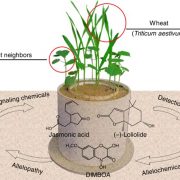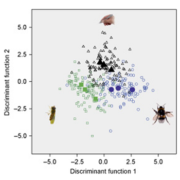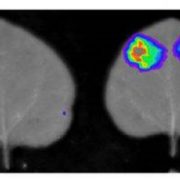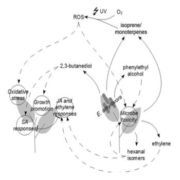BSL family members are employed by pathogen as “moles” in S. tuberosum (Plant Physiol)
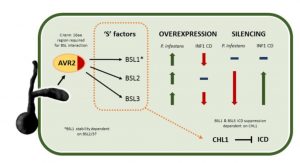 To secure food availability for the world population, plant scientists study the interactions between crop species and pathogens. Plants have robust defense strategies that they employ when attacked. On the other hand, microbes have multiple strategies to manipulate host functions to suppress these defenses and/or enhance the growth of the microbe. Recently Turnbull et al. found that in S. tuberosum, Phytophthora infestans effector PiAVR2 could interact with all three BSU1-like (BSL) family members. In this way pathogens exploit growth/immune crosstalk by upregulating BR signaling to attenuate the immune response. All three BSL proteins act as “moles” (or susceptibility factors) in P. infestans infection, allowing increased disease susceptibility when overexpressed and decreased disease progression when silenced. This study is interesting as it shows that a pathogen can exploit the crosstalk between BR pathway and immune signaling. (Summary by Nanxun Qin). Plant Physiol. 10.1104/pp.18.01143
To secure food availability for the world population, plant scientists study the interactions between crop species and pathogens. Plants have robust defense strategies that they employ when attacked. On the other hand, microbes have multiple strategies to manipulate host functions to suppress these defenses and/or enhance the growth of the microbe. Recently Turnbull et al. found that in S. tuberosum, Phytophthora infestans effector PiAVR2 could interact with all three BSU1-like (BSL) family members. In this way pathogens exploit growth/immune crosstalk by upregulating BR signaling to attenuate the immune response. All three BSL proteins act as “moles” (or susceptibility factors) in P. infestans infection, allowing increased disease susceptibility when overexpressed and decreased disease progression when silenced. This study is interesting as it shows that a pathogen can exploit the crosstalk between BR pathway and immune signaling. (Summary by Nanxun Qin). Plant Physiol. 10.1104/pp.18.01143


